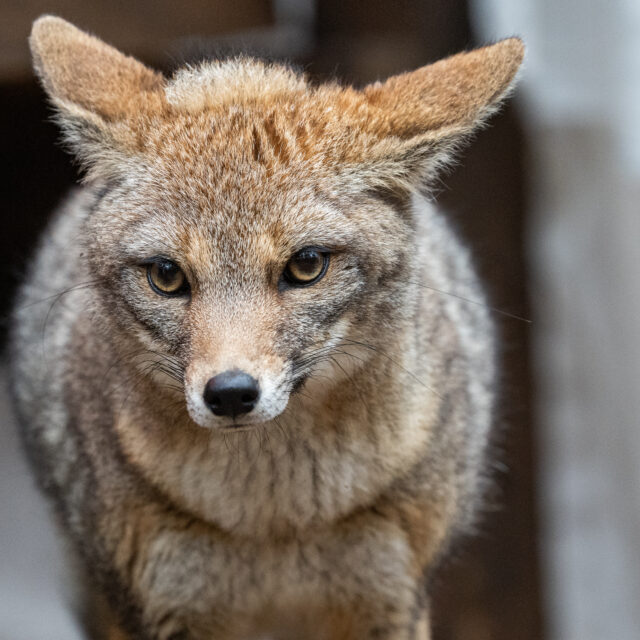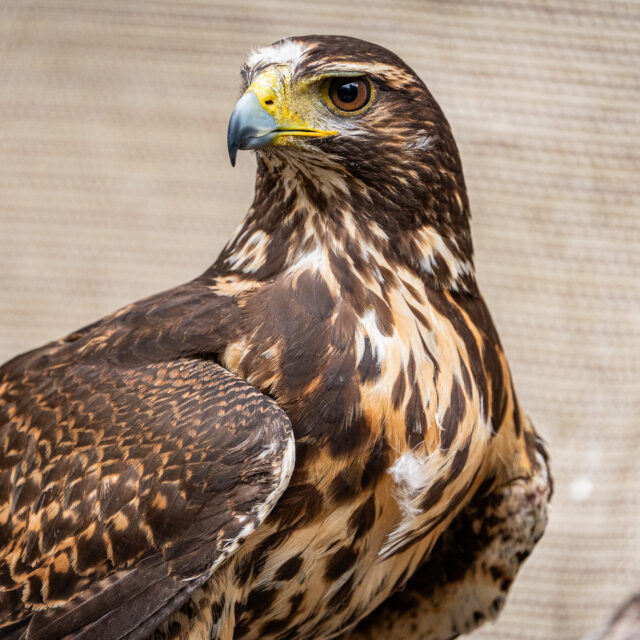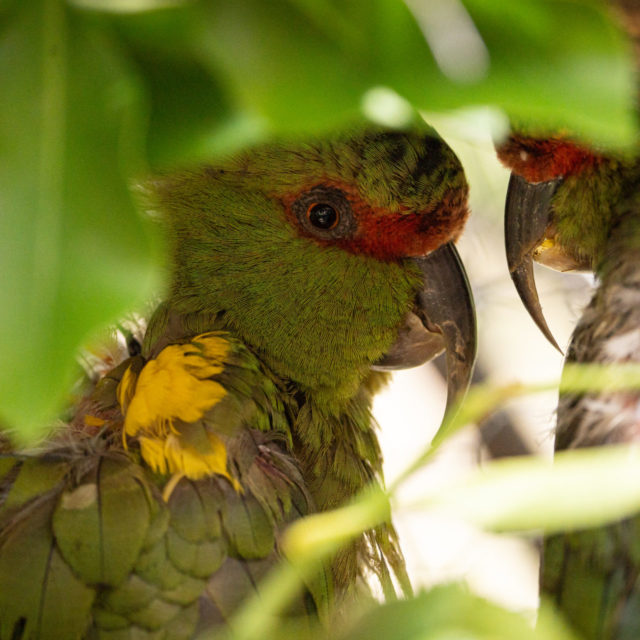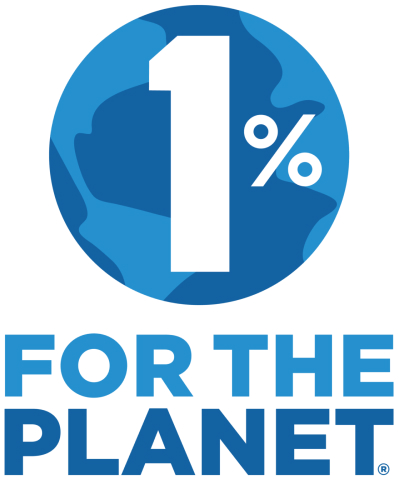Some of the animals that we receive at the Refuge go through a rehabilitation process, however, there are cases of individuals that cannot be released because the do not have physical (eg. adequate vision, functional limbs, etc.) or behavioral capacities (eg. they don’t know how to hunt, they don’t recognize predators, they are used to humans, etc.) in order to survive and reproduce in freedom. To release them in sub-optimal conditions is probably to condemn them to suffering and death.
In many countries these non-releasable animals are euthanized. In the Refuge, if we have the necessary conditions and the animal can live well, it is decided to let them live in captivity and be part of the Exhibition Centre. In this captivity, animal welfare is prioritized, and each individual becomes “an ambassador of its species”, allowing the creation of environmental education and outreach programs, where work is donde to educate and raise awareness among visitors about the conservation of native fauna. In addition, each ambassador can be part of scientific research that always the conservation of free-living species as its objective.
Work with animals in captivity:
The interaction that you have with animals in rehabilitation is different from how you work with animals in captivity…
For rehabilitation is extremely important that interaction with humans is as limited as possible, to avoid habituation of animals towards us. On the other hand, with animals that are kept in captivity, a good relationship between animal and keeper is prioritized, to ensure that the animal lives calmly with human presence.
























